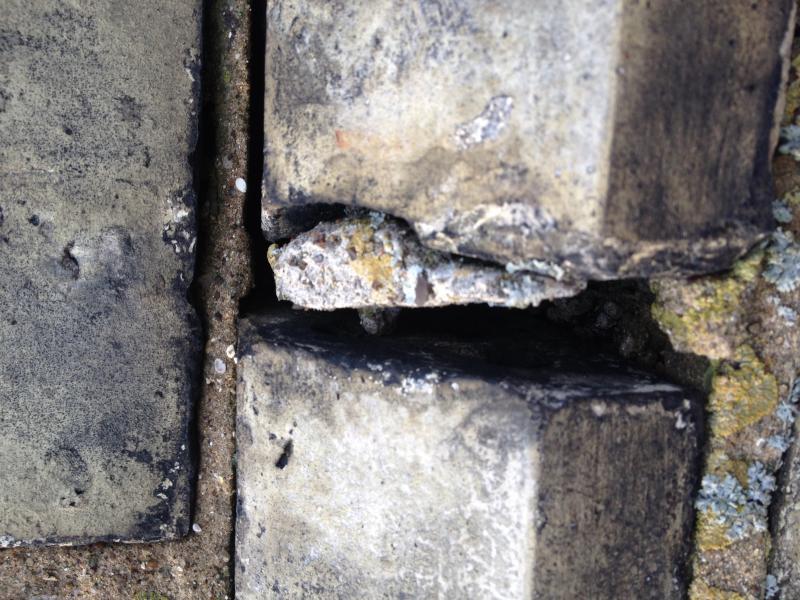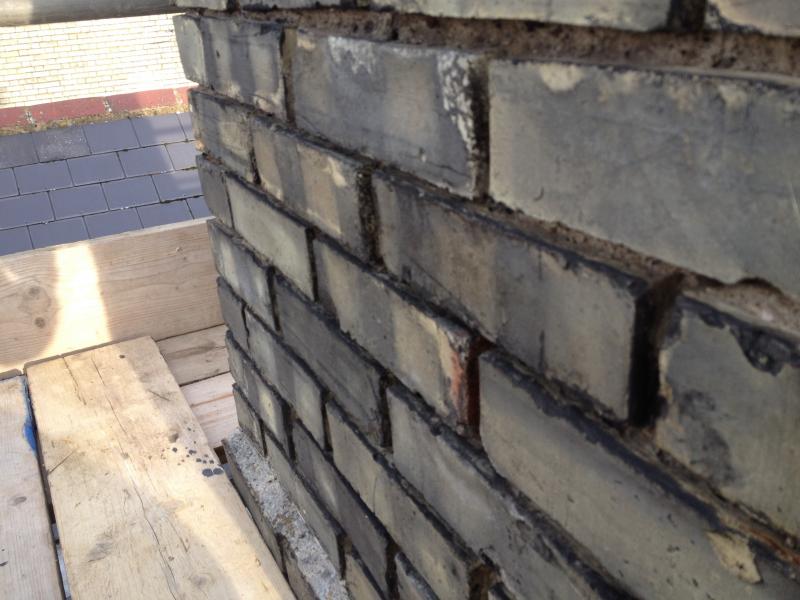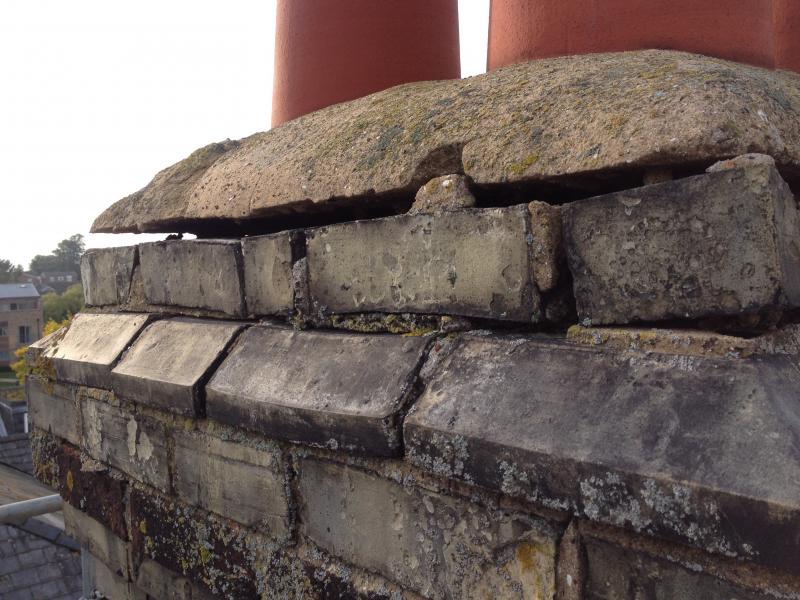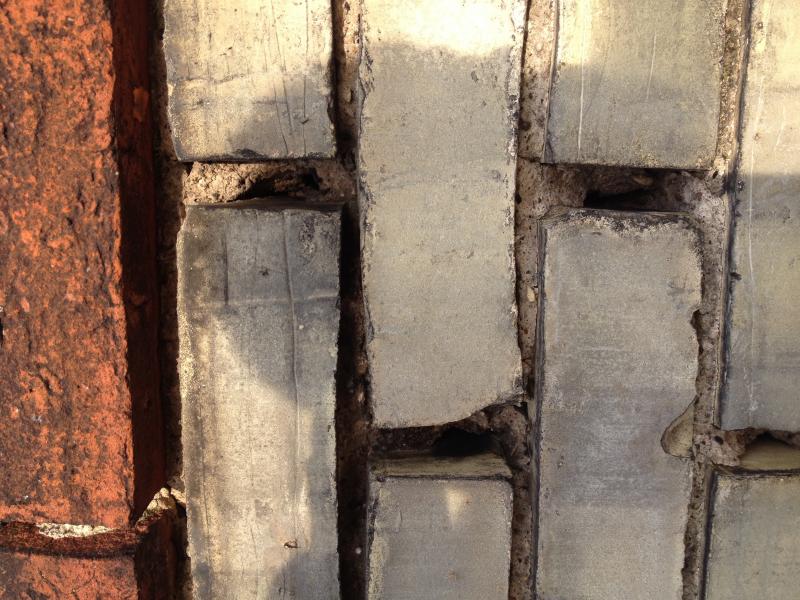I have scaffolding Stuart, coming next week.
I also have a few spare slates I can use. So I strip back flaunching to expose brickwork around flue entrances and then sit broken slate around the edges to sit the pots on. I then do the new flaunching. So the slate remains?
What is the reason for the slate Stuart? And would you recommend a flue liner for my chimney? I plan to have an open fire
Sorry for all the questions but I really appreciate the knowledge. .
I also have a few spare slates I can use. So I strip back flaunching to expose brickwork around flue entrances and then sit broken slate around the edges to sit the pots on. I then do the new flaunching. So the slate remains?
What is the reason for the slate Stuart? And would you recommend a flue liner for my chimney? I plan to have an open fire
Sorry for all the questions but I really appreciate the knowledge. .





